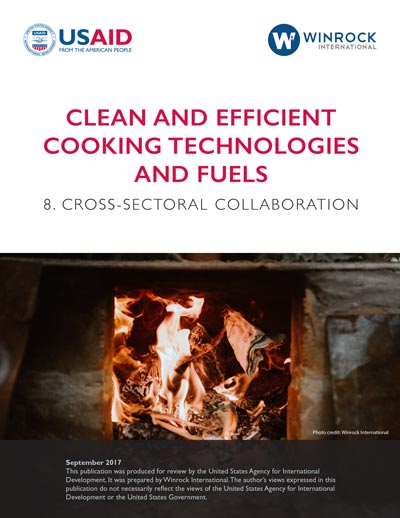Speeches Shim
Clean and Efficient Cooking Technologies and Fuels Toolkit
Results of improvement are often linked to energy, health and environment objectives, but also support gender, socioeconomic, humanitarian response and protection, commercial cooking and school feeding programs.
Cleaner and more efficient stoves and fuels can support wider agency priorities and amplify impacts around gender, humanitarian response and protection, and school feeding or other types of commercial cooking, but only when proper planning or resources are allocated.
Best Practices
- Remember that, as the primary users of household energy, women can play a key role throughout all aspects of the cookstove and fuels value chain. The resources included here around integrating and empowering women to participate in the cookstove value chain can be extended to other entrepreneur development efforts as well.
- During program planning, consider that women and men experience the impacts of household energy changes differently, and be sure to use gender-informed strategies for behavior change (e.g., technology or fuel switching), promotion and marketing efforts.
- It’s critical to prioritize, and carefully plan for, energy needs in humanitarian response and protection efforts. Various handbooks and guidance materials are available to help you integrate energy access into humanitarian interventions. Energy needs are even more pressing in vulnerable, displaced populations.
- Institutional stoves have the potential to deliver major cost or time savings for commercial cooking or school feeding programs, but commercial markets for institutional stoves remain largely underdeveloped. Especially in the case of fuel switching, be sure to devote sufficient resources to training cooks and developing distribution chains and repair and maintenance service channels.
Date
Saturday, September 30, 2017 - 11:00pm


Comment
Make a general inquiry or suggest an improvement.